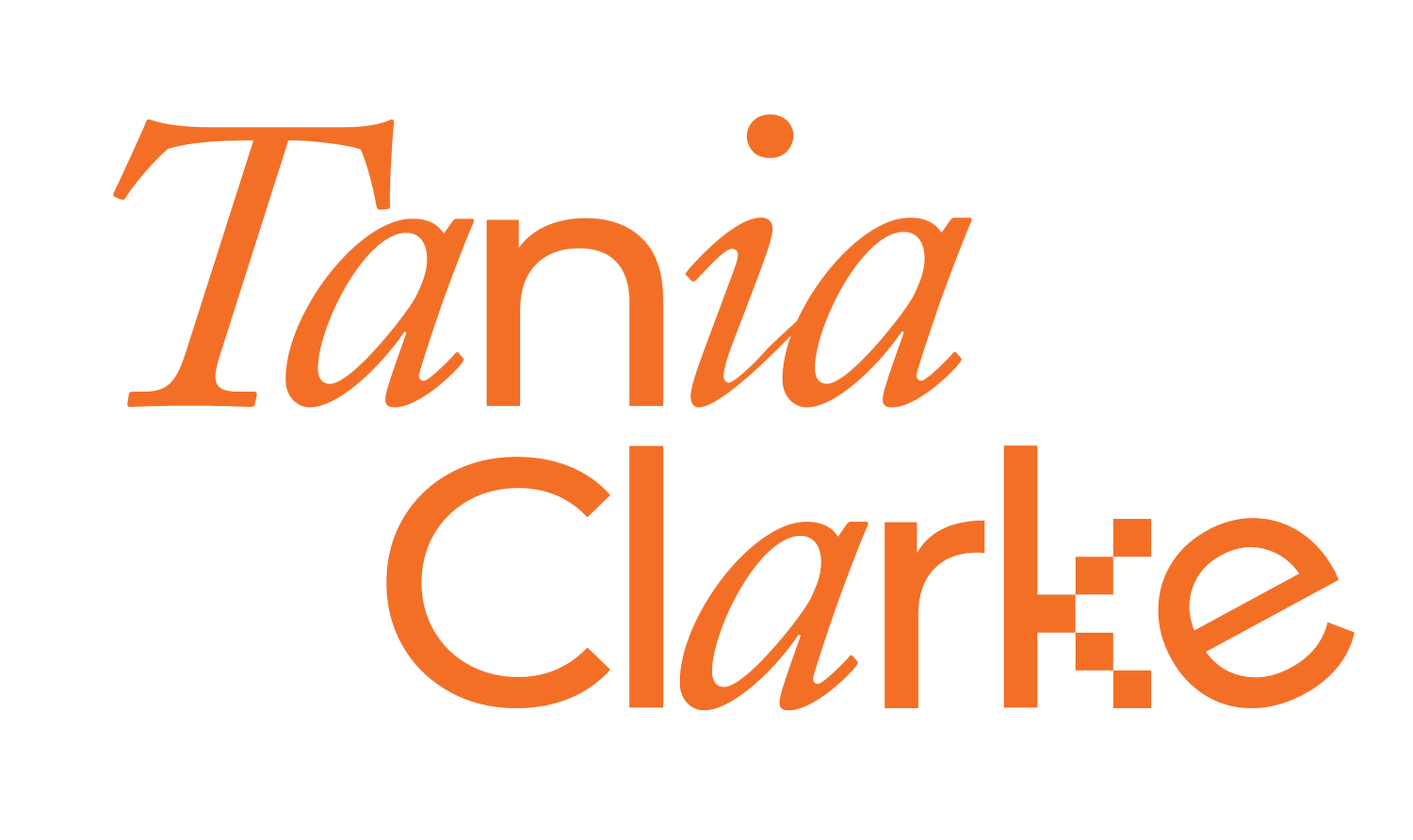Getting started with competitor research
In the early days of my product marketing career I wanted to deliver market insights and the “help” I tried to find on the internet truly sucked.
My company needed market insights fast, and I honestly had no idea where to begin. I started to research how to do competitor research and what type of graphs or visuals would be required. Google searches displayed the traditional SWOT analysis over and over.
When you’re working for a startup, competitor research has to be lean, needs to be visually beautiful and tell a great story.
If you’re stuck in this same place, here are some practical resources to kick off your research project.
Getting started
Advice #1
Look at heaps of visuals of decks. I start every slide deck with a storyboard on what I want the end output to look like. What are the top insights and story you want to portray with your competitor research?
Resources for slide decks
YouExec - a huge resource of business decks that will provide heaps of inspiration for how to represent your research.
Planning Dirty Academy - 40+ classes teaching the strategy fundamentals of research, insights, brief writing and creative feedback.
Canva - they have an aaamazing slew of templates to provide visual inspiration.
Advice #2
Read about how to do research. Strange but handy! I read (and still do) a tonne about methodologies, product research, market research and more.
Just Enough Research by Erika Hall - A practical short book on how to do research faster. Erika Hall distills her experience into a brief cookbook of research methods, detailing her approach in a very accessible way.
Neilson Norman Group - a classic go-to for anything related to UX research, human behaviour. This helped me decide what type of research methodology to apply when.
Medium - has a slew of great articles on people who have been there, done that.
Advice #3
Read about business and strategy. You’re likely observing how to run (or how not to) run a business working at your company or startup. Supplement this by reading about business case studies, social research, human behaviour and more.
Resources on business and strategy:
Harvard Business Review - I frequent this often and read through their highly practical advice on strategy, business case studies, and more. This is a favourite on strategic thinking.
For practical thinkers, strategic thinking can feel really elusive. What has helped me is actually reading about being better at strategy, and a great publication that does that is HBR. It has REALLY practical tips on how to get better at strategic thinking and practical tips on how to build it into your day-to-day. Some of them are:
Writing your observations in a google doc or Evernote: I have a day-to-day google doc where I type in what I’ve done, meeting notes, and an Evernote of observations other people make about the industry, our competition, and our product.
I also have an Evernote (because who doesn’t love flicking between notes tools), where I write down all the questions I want answered. And you can have a section for the “big questions”and then start tackling them in one of your afternoons, that you’ve naturally blocked off for deep thinking!
And the third one is important. Embracing conflict. I do this by seeking people who are known to go against the herd thinking in a meeting and understanding their point of view. And this also means talking broadly to people across the organisation and checking in by asking them the big questions, instead of focussing on tactical day-to-day work. By flexing this muscle, and blocking out your time, you SHOULD be able to break out of that execution cycle.
I’ve written more about this topic here.
